
PRODUCTS
31-07-2020 di redazione

Kenya is increasingly the ideal environment for tamarind, present on the Swahili coast since it was brought and planted from India a thousand years ago.
Tamarindus Indica is a majestic, long-lived evergreen belonging to the leguminous family.
The tamarind plant and its properties were already known in ancient times where traces of it can be found among the Arab peoples who called it Tamara Hindi (Indian date). The tree produces as brown fruit-legumes, which contain pulp and hard seeds.
The legumes are generally 10-15 cm long, slightly curved, and contain up to a dozen seeds.
The flesh of unripe fruits is very sour and therefore suitable for serving dishes, while ripe fruits are sweeter and can be used as desserts or to prepare drinks.
The pulp is also used as a spice in both Asian and African cuisine, and is an important ingredient in Worchester sauce.
Pulp, leaves and bark have medical applications.
For example, in Sudan the leaves have traditionally been used for herbal teas to combat malaria fevers.
In India it is used in Ayurvedic medicine for gastric or digestive problems and against toothache.
Once you have purchased tamarind it is advisable to break the rind and extract the seeds with your hands, which are covered with sticky pulp.
It is not very convenient to clean and extract the pulp because inside each pod there is little pulp and the work is often annoying.
For convenience you can also boil the pods to release the pulp.
Tamarind has remarkable properties. The pulp is composed of 31% water, 57% sugar, 5% dietary fibre, ash, protein and fat. The main constituents are pectins and simple sugars.
Among the various minerals present in tamarind there is high amounts of potassium, then phosphorus, magnesium, sodium, calcium and selenium, while it is a source of vitamin A, B1, B2, B3, B5, B6, vitamin C, K, and J.
The intake of tamarind is very useful in case of gastric or digestive problems; it has good laxative properties and is an excellent intestinal regulator thanks to the presence of organic acids inside its pulp, especially tartaric acid.
For this purpose, jam is used, which can also be administered to children as it does not cause pain in the colon.
Tamarind is used to combat rheumatic fevers; in India it is also used to treat toothache.
Tamarind is also considered an excellent refreshment and is particularly useful in summer to restore the loss of mineral salts due to perspiration.
RECIPES
di redazione
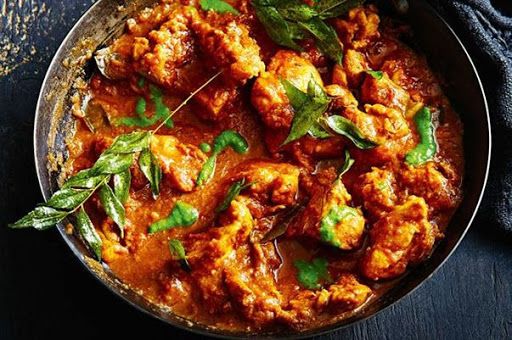
The goodness of free-range chicken in Kenya is no mystery. In most cases it is simply cooked on the grill, but there are dishes of Swahili cuisine that contemplate other pleasant encounters of flavors. One of these is tamarind chicken...
BEVERAGE
di redazione
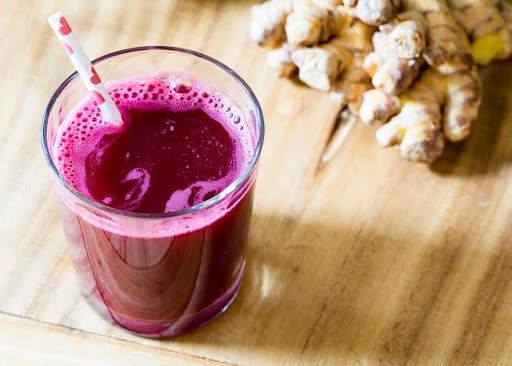
It is one of the most detox drinks you can taste on the Kenyan coast, and particularly in Lamu, in some Swahili bars that offer fresh juices (the unmissable tamarind, the classic passion and many others). We are talking about beet...
RECIPES
di redazione
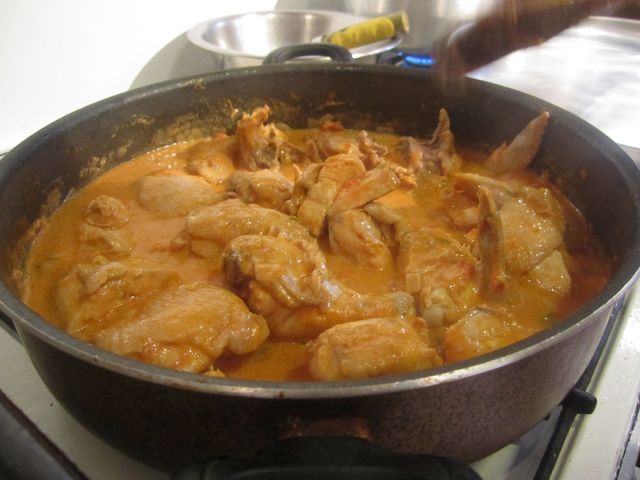
Chicken cooked "alla swahili" suffers, like many dishes of the Kenyan coast, from ancient mixes and suggestions between India, Middle East and other countries that have frequented the Indian Ocean of Africa.
Here is the original recipe for this tasty...
RECIPES
di redazione
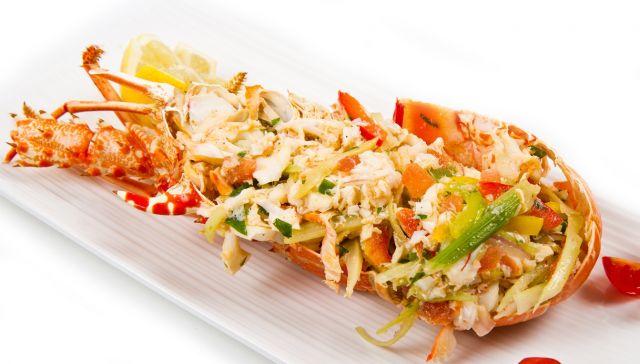
On the African shores of the Indian Ocean, combining fish with fruit is not a gamble, but a pleasant contrast.
On the other hand, if the fish fauna goes so well with lemon, why not also dare with passion fruit,...
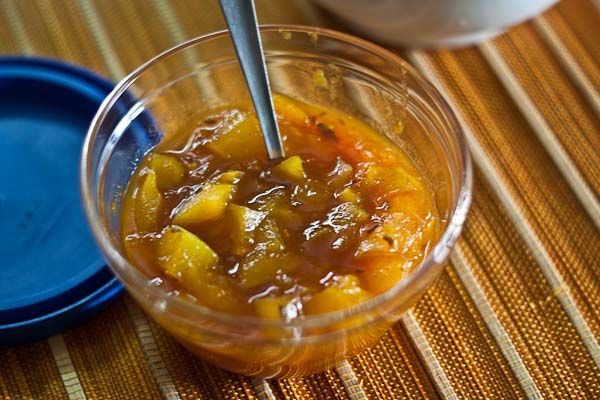
Chutney is a typical English sweet and sour sauce made with fruit or green tomatoes. It is excellent as a sauce to flavor meat and fish foods....
TOURISM
di redazione
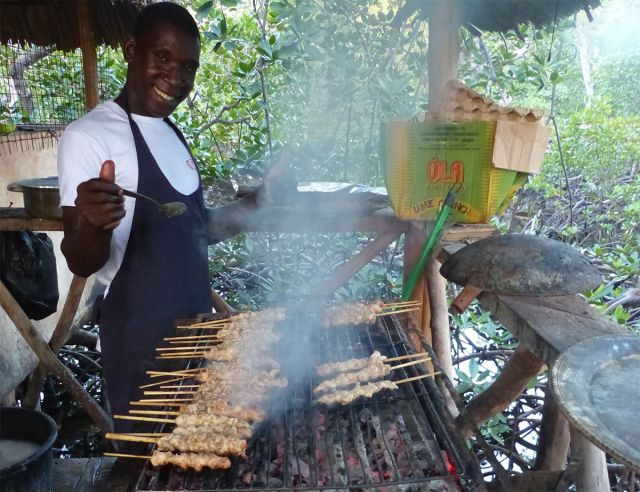
In recent years gastronomic tourism has grown considerably all over the world.
This is due to the popularity of certain programmes and also to the media coverage of dishes and restaurants, especially in social networks.
PRODUCTS
di redazione
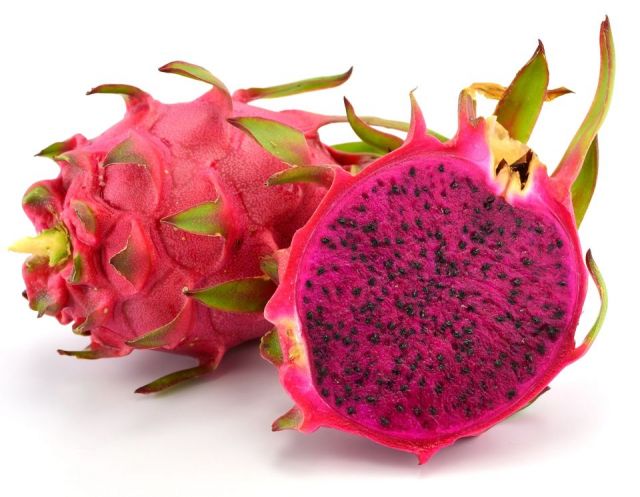
The Dragon Fruit or Pitaya is a tropical fruit belonging to the Cactacaceae family, like the prickly pear. Although it is native to Central and South America, it is now particularly common in Asia and tropical countries where the climate...
LIFE IN KENYA
di redazione

How much does it really cost to live in Malindi and Watamu without working?
How much can a pensioner or someone who has an income live on while savouring the dolce far niente?
Considering the overwhelming return of the desire...
di redazione
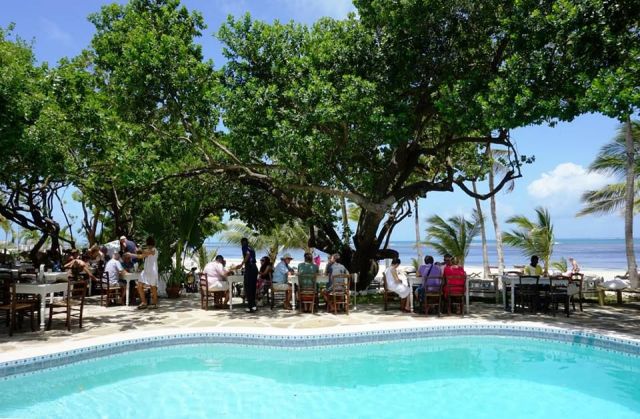
A Ferragosto full of life, taste, and fun in Malindi, in the splendid atmosphere of Pizza O on Silversand Beach.
RECIPES
di redazione
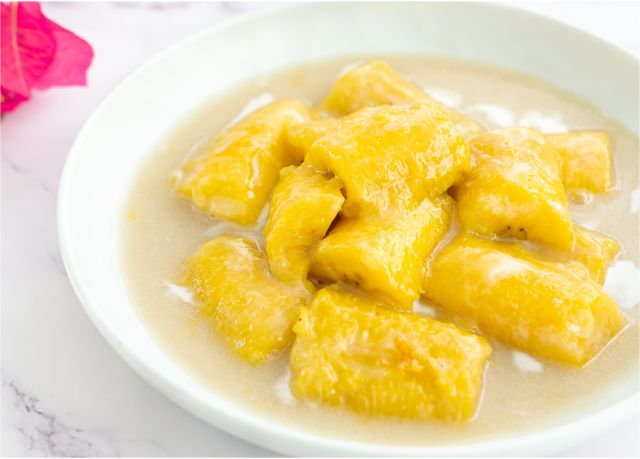
We have already talked about and proposed a classic recipe of matoke or green banana, but today we want to propose you a sweet, unpublished version: matoke in coconut cream and cardamom.
This fruit is very similar to the banana,...
RECIPES
di redazione
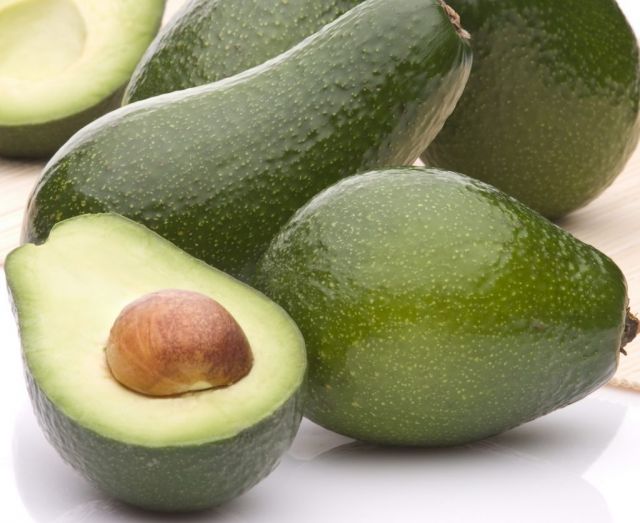
An ancient Swahili legend says that before the arrival of the Portuguese, the natives of the Kenyan coast did not eat avocado but only used oil, because they did not consider it as fruit or vegetables.
When the Portuguese decided...
PRODUCTS
di redazione
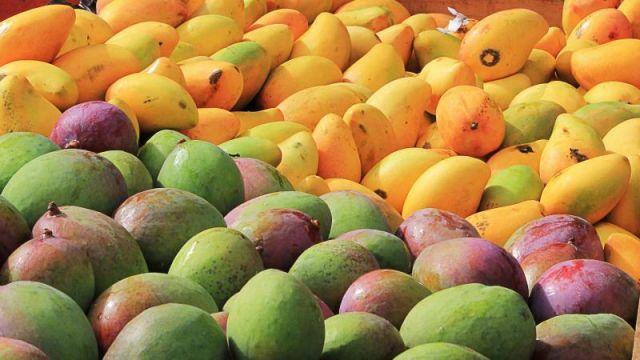
Mango ( scientific name Mangifera indica ) is a tropical plant belonging to the family of the Anacardiaceae.
Native to India, it was spread also in Africa and Latin America thanks to the Portuguese.
DREAMING KENYA
di redazione

Ma tu ci vivresti, a Watamu?
Ci hai trascorso...